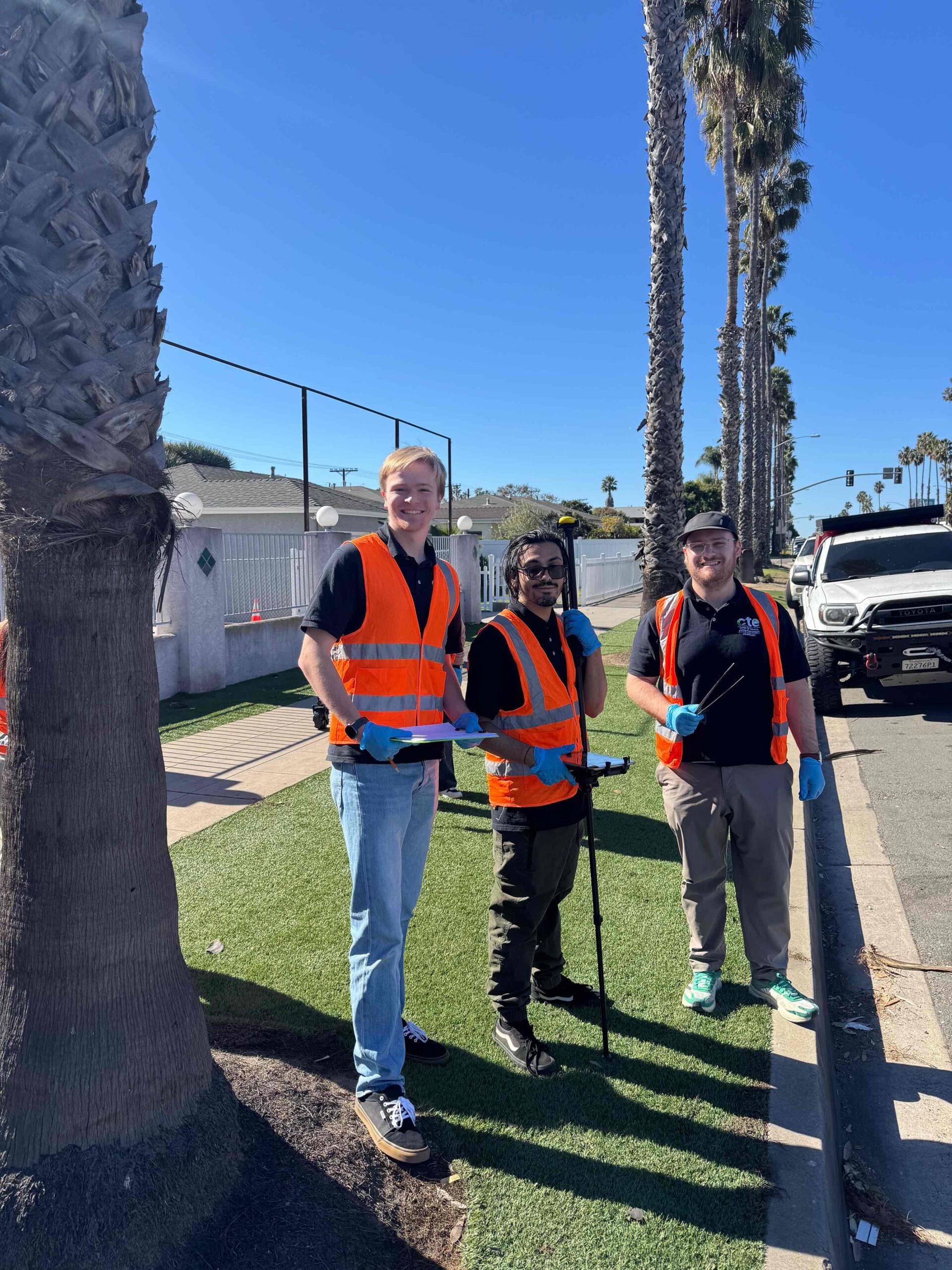 The Mission Bay Kendall-Frost project aims to understand how tobacco product waste littered in neighborhoods north of the Reserve pollutes Mission Bay with toxic tobacco chemicals and microplastics.
The Mission Bay Kendall-Frost project aims to understand how tobacco product waste littered in neighborhoods north of the Reserve pollutes Mission Bay with toxic tobacco chemicals and microplastics.
The Kendall-Frost Reserve is situated at the northern end of Mission Bay. It encompasses restored coastal sage scrub, southern coastal salt marsh, tidal channels, salt flats, mudflats, sand spits, and eelgrass beds. This vibrant marsh reserve provides habitat for numerous bird species.
Closer inspection reveals two stormwater outlets located at the northern edge of the Reserve, where Olney Street and Noyes Street meet Pacific Beach Drive. When it rains, stormwater runoff washes litter from streets and sidewalks into gutters, which flow into storm drains and underground pipes before discharging into the Reserve.
Cigarette butts are the single most littered item in San Diego, across the United States, and worldwide. These butts absorb carcinogens and other toxic chemicals from tobacco smoke, and nearly all of them contain a filter made of cellulose acetate, a type of plastic. A recent study by our team, published in the peer-reviewed journal PLOS ONE, estimates that approximately 200 million cigarette butts are discarded annually in the eight largest cities of San Diego County. The single-use plastic filters in these butts do not biodegrade; instead, they break down into microplastics and leach toxic substances into the environment. Are cigarette butts discarded upstream from stormwater outlets carrying their microplastics and toxins into the Kendall-Frost Marsh Reserve? Scientific evidence suggests the answer is yes.
Our study has two main objectives. First, we will count, classify, and map tobacco product waste in the stormwater drainage area north of the Reserve to estimate how much litter is being transported into Mission Bay. Second, we will collect water and soil samples near the Noyes and Olney stormwater outlets before and after rain events. These samples will be analyzed in the Environmental Chemistry Lab at San Diego State University for microplastic markers and tobacco smoke residue, such as nicotine, cotinine, and tobacco-specific nitrosamines.
So far, we have located the stormwater drains in the drainage area, selected a random sample of drains to include in the study, and begun counting the tobacco product waste on the streets around selected drains. We will complete the first count by the end of January. During February and March, we will continue to count and pick up tobacco product waste weekly and collect water and soil samples after rain events. Community members will have opportunities to assist with tobacco waste cleanups as part of this effort.

